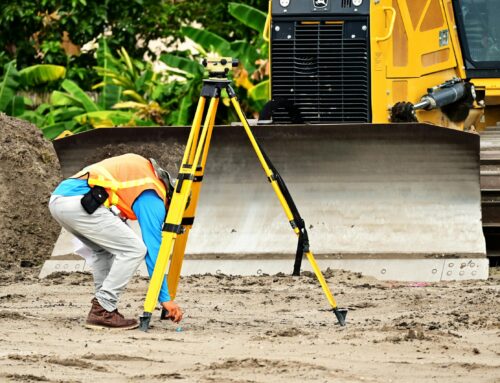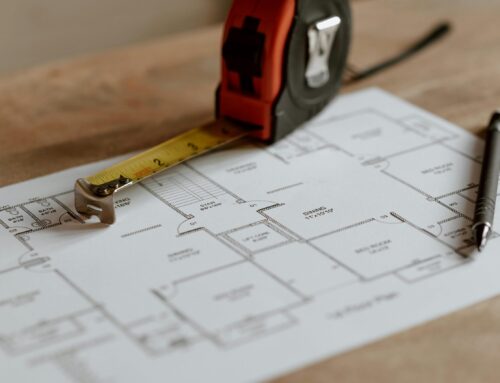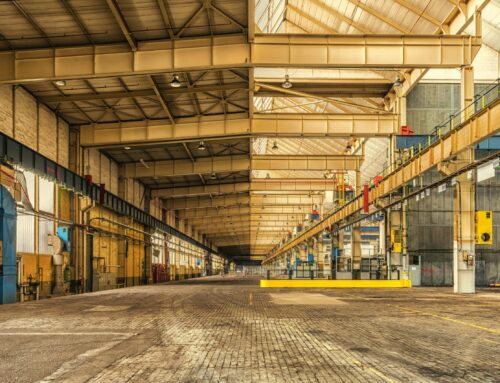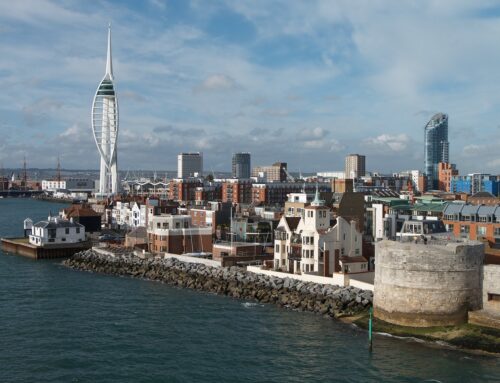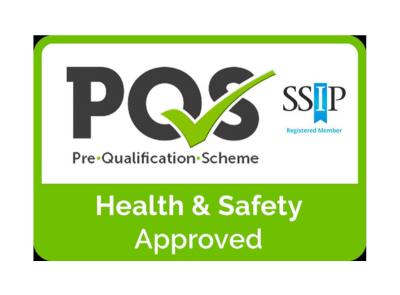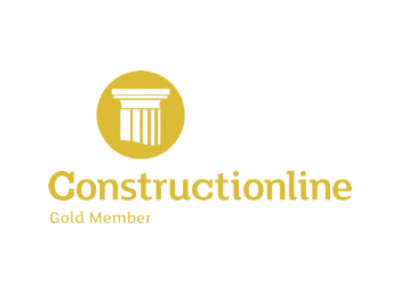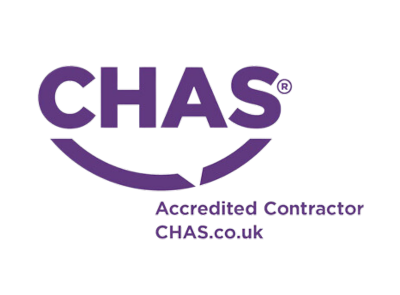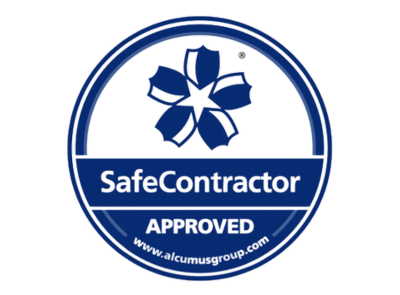Disabled adaptations in Portsmouth construction are essential for creating accessible and inclusive spaces. These adaptations ensure that people with disabilities can safely and comfortably navigate buildings, facilities, and public areas. From wheelchair ramps and widened doorways to accessible bathrooms and elevators, these modifications make a significant difference in the lives of those who rely on them.
Accessibility is not just a moral responsibility but also a legal requirement. The Equality Act 2010 mandates that all public and private spaces accommodate individuals with disabilities. For construction projects in Portsmouth, this means incorporating features that allow everyone to use facilities independently and with dignity. These adaptations are especially crucial in commercial and public buildings, such as schools, offices, and retail spaces, where accessibility can impact daily life.
In this article, we at Pure Construction will explore how disabled adaptations for Portsmouth construction improve accessibility and contribute to a more inclusive society. We’ll look at the key features of effective adaptations, discuss the benefits they provide, and address common challenges faced during implementation. By understanding the importance of these adaptations, builders and property owners can ensure their projects not only meet legal standards but also enhance the quality of life for all users.
Accessibility is the foundation of inclusive construction, and through thoughtful design and planning, it’s possible to create spaces that truly cater to everyone’s needs. Let’s delve into why disabled adaptations are so vital for Portsmouth’s growing infrastructure.
Understanding Disabled Adaptations In Portsmouth Construction
Disabled adaptations for Portsmouth construction refer to the specific modifications made to buildings and facilities to ensure they are accessible to individuals with disabilities. These adaptations are designed to eliminate barriers, promote independence, and create inclusive environments where everyone can comfortably navigate and utilise spaces.
What Are Disabled Adaptations?
Disabled adaptations encompass a wide range of features, from structural changes to specialised equipment. Common examples include wheelchair ramps, widened doorways, stairlifts, accessible bathrooms, handrails, and tactile surfaces for individuals with visual impairments. These modifications aim to address mobility challenges, sensory limitations, and other accessibility needs.
Why Are Disabled Adaptations Important?
The primary goal of disabled adaptations is to create equal access for all individuals, regardless of physical ability. In Portsmouth, where urban development is thriving, these adaptations ensure that public spaces, workplaces, and residential areas are inclusive. Accessibility is not only a matter of convenience but also a fundamental right protected under UK laws like the Equality Act 2010. Meeting these standards helps businesses and property owners avoid legal issues while fostering a sense of community.
Where Are Disabled Adaptations Needed?
Disabled adaptations are critical in various settings, including commercial buildings, educational institutions, healthcare facilities, and residential properties. In Portsmouth, high-traffic areas like shopping centres, public transport hubs, and historic landmarks often require unique adaptations to balance functionality with aesthetic considerations.
How Are Disabled Adaptations Implemented?
The implementation of disabled adaptations begins with a thorough assessment of the building or space. This involves identifying barriers and determining which features will best address accessibility needs. Professional contractors with experience in inclusive design play a crucial role in ensuring that these adaptations are executed effectively and meet regulatory standards.
By understanding the purpose and scope of disabled adaptations in Portsmouth construction, developers, builders, and property owners can prioritise accessibility in their projects. These modifications not only enhance usability but also contribute to a more inclusive and welcoming community.
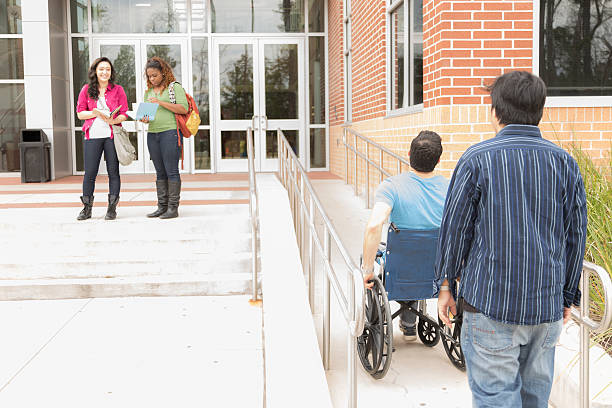
Key Features Of Effective Disabled Adaptations For Portsmouth Construction
Disabled adaptations in Portsmouth construction require thoughtful planning and design to ensure they meet the needs of individuals with disabilities. Incorporating key features that address mobility, sensory, and accessibility challenges is essential for creating inclusive spaces that everyone can use safely and comfortably.
- Wheelchair Access: One of the most common adaptations is providing wheelchair access. This includes installing ramps with non-slip surfaces, ensuring doorways are wide enough for wheelchairs to pass through, and creating level thresholds. Elevators with tactile buttons and audible signals are also vital in multi-storey buildings.
- Accessible Bathrooms: Accessible bathrooms are a crucial feature in public and private buildings. These facilities should include grab rails, low-level sinks, and toilet seats at appropriate heights. Lever-style taps and automated hand dryers make usage easier for individuals with limited hand mobility.
- Handrails and Support Bars: Handrails and support bars are essential for individuals with mobility challenges. Placed along staircases, ramps, and hallways, they provide stability and support. These features are especially important in public spaces like hospitals, schools, and transport hubs.
- Visual and Auditory Features: For individuals with sensory impairments, visual and auditory adaptations are critical. Tactile paving helps guide visually impaired individuals in public spaces, while clear signage with large fonts and contrasting colours enhances visibility. For auditory assistance, hearing loops and visual fire alarms ensure safety and communication.
- Parking and Entrance Modifications: Accessible parking spaces close to building entrances are vital for individuals with disabilities. Entrances should be wide, have automatic doors, and include sufficient lighting to enhance safety and ease of use.
- Smart Technology Integration: Smart technology is increasingly used in disabled adaptations to improve accessibility. Voice-activated systems, automated lighting, and adjustable fixtures enable individuals to control their environment with ease.
By including these features, disabled adaptations in Portsmouth construction ensure that buildings meet accessibility standards and improve the quality of life for all users. These thoughtful modifications make a significant difference in creating spaces that are not only functional but also welcoming.
Benefits Of Disabled Adaptations For Accessibility In Portsmouth Construction
Incorporating disabled adaptations in Portsmouth construction offers a wide range of benefits that go beyond meeting regulatory requirements. These adaptations create inclusive environments, enhance the usability of spaces, and demonstrate a commitment to supporting individuals with disabilities.
- Promotes Independence: Disabled adaptations empower individuals by enabling them to navigate spaces independently. Features such as ramps, accessible bathrooms, and handrails allow users to move freely without assistance, fostering a sense of confidence and autonomy.
- Enhances Safety: Safety is a primary concern in any construction project, and disabled adaptations significantly contribute to a safer environment. Features like non-slip ramps, handrails, and tactile paving minimise the risk of accidents for individuals with mobility or sensory challenges. These measures benefit everyone, including those without disabilities.
- Complies with Legal Requirements: The Equality Act 2010 mandates that buildings and facilities be accessible to individuals with disabilities. By incorporating these adaptations, construction projects in Portsmouth not only meet legal standards but also avoid potential fines or legal disputes. Compliance demonstrates a proactive approach to inclusivity and social responsibility.
- Increases Property Value: Buildings with disabled adaptations are more appealing to a wider range of users, including tenants, customers, and employees. This inclusivity can enhance the market value of a property, making it a worthwhile investment for property owners and developers.
- Attracts More Customers and Clients: Businesses that prioritise accessibility often attract a larger customer base. Disabled individuals, their families, and carers are more likely to visit and support establishments that cater to their needs. In Portsmouth, where tourism and commerce thrive, this can significantly boost business growth.
- Builds Community Trust: Incorporating disabled adaptations shows a genuine commitment to inclusivity and social responsibility. This can enhance a company’s reputation and build trust within the community, fostering goodwill and loyalty among residents and stakeholders.
By prioritising disabled adaptations in Portsmouth construction, developers, property owners, and businesses can create spaces that are not only functional but also inclusive and welcoming. These benefits underline the importance of accessibility in modern construction projects.
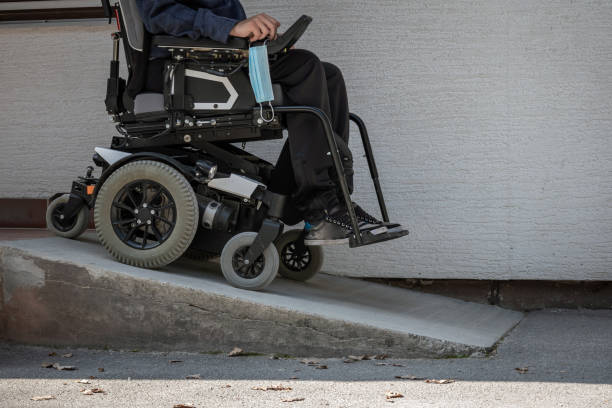
Challenges And Solutions In Implementing Disability Adaptations
Implementing disabled adaptations in Portsmouth construction can present various challenges, but with thoughtful planning and the right approach, these obstacles can be effectively addressed. Overcoming these challenges ensures that projects meet accessibility standards and deliver spaces that are inclusive for all.
- Limited Space Constraints: In urban areas like Portsmouth, limited space can make it difficult to incorporate features such as ramps, widened doorways, or accessible bathrooms. Solution: Smart design techniques, such as modular ramps or compact accessibility solutions, can help optimise available space without compromising functionality.
- Balancing Accessibility and Aesthetics: Some developers worry that accessibility features may conflict with the aesthetic appeal of a building. Solution: Modern design options offer stylish accessibility features, such as sleek handrails and integrated tactile paving, that blend seamlessly into the overall look of the property.
- High Costs of Implementation: The upfront costs of disabled adaptations can be a concern, especially for small businesses or residential projects. Solution: Government grants and funding options are available to support the installation of accessibility features. Additionally, incorporating adaptations during the initial design phase can reduce long-term expenses.
- Navigating Regulatory Standards: Ensuring compliance with accessibility laws and standards can be complex. Solution: Working with experienced contractors and consultants familiar with local regulations ensures that all adaptations meet legal requirements, such as those outlined in the Equality Act 2010.
- Resistance to Change: Some stakeholders may view accessibility adaptations as unnecessary or non-essential. Solution: Educating clients and stakeholders about the benefits of disabled adaptations, such as increased property value and community goodwill, can help overcome resistance.
- Maintenance of Adaptations: Accessibility features, such as elevators or automatic doors, require regular maintenance to remain functional. Solution: Establishing a maintenance plan ensures that these features continue to meet the needs of users over time.
By addressing these challenges with practical solutions, developers and property owners can successfully implement disabled adaptations for Portsmouth construction. This not only enhances accessibility but also demonstrates a commitment to creating inclusive spaces that benefit everyone.
Building An Inclusive Future With Disabled Adaptations In Portsmouth
The incorporation of disabled adaptations in Portsmouth construction is essential for creating accessible, inclusive, and welcoming spaces for everyone. These adaptations not only comply with legal requirements but also significantly enhance the quality of life for individuals with disabilities, enabling them to navigate and utilise spaces independently and safely.
At Pure Construction, we recognise the importance of accessibility in modern construction. By implementing thoughtful design solutions and overcoming challenges, we ensure that every project meets the highest standards of inclusivity. Whether it’s installing wheelchair ramps, accessible bathrooms, or tactile paving, we are committed to providing functional and aesthetically pleasing adaptations tailored to your needs.
Disabled adaptations are not just a legal obligation; they are a statement of social responsibility and community care. With the right planning and execution, these modifications can enhance property value, attract more users, and foster trust within the community.
If you’re considering disabled adaptations for Portsmouth construction, we’re here to help. Our experienced team will guide you through every step, from design and compliance to implementation and maintenance, ensuring your project delivers accessibility and excellence. Together, let’s create spaces that cater to everyone.
